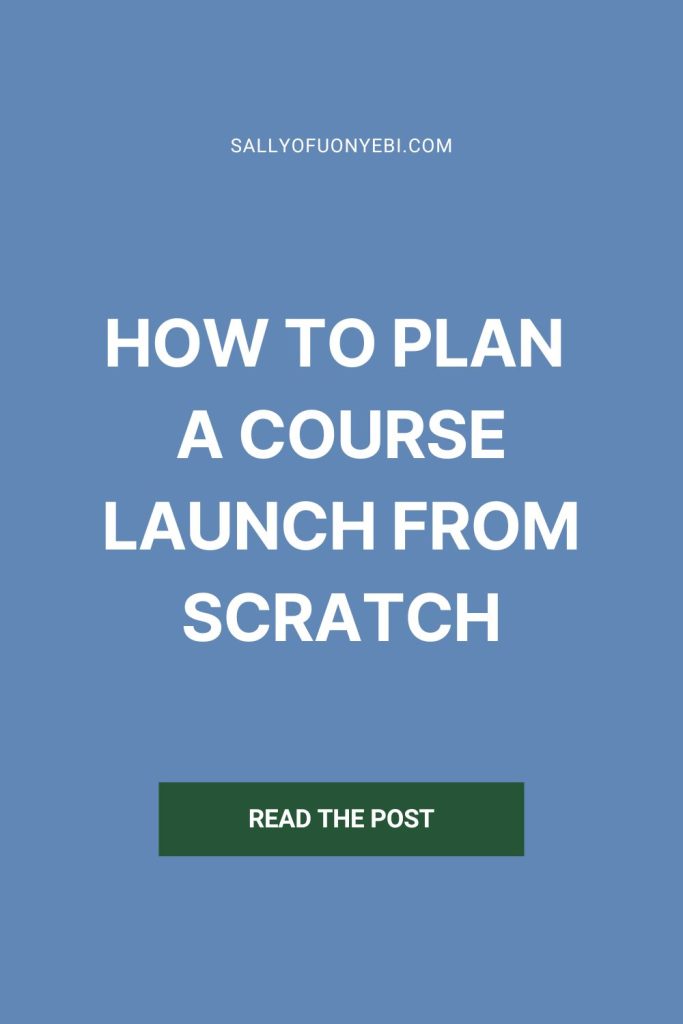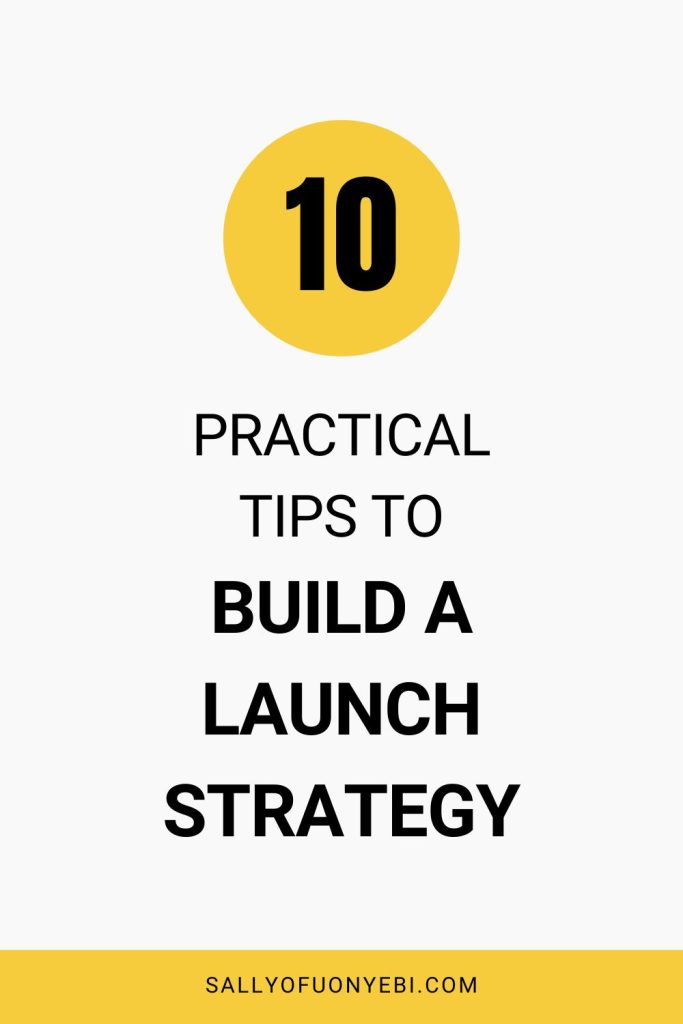After you’ve created your product or course, one thing is next—launching your offer. This is why you need a launch strategy.
How does the thought of having a launch make you feel?
Scared, nervous, happy, expectant, and maybe a mix of all of these? You see, launching isn’t predicted; it is planned.
Here’s what you shouldn’t do: create your course => pin it to your online shop => Send out email blasts to your small list => Make a promotional post on social media => Say they have 3 days left before the price goes up => Pray that these tactics catch some buyers.
There is a difference between a launch and a profitable launch, and what draws the line is an effective launch strategy. You need an effective plan for a successful launch.
But, how do you do this? How do you plan a launch from scratch?
Grab your note and pen as I break down everything you need to know step by step.
Table of Contents:
What is a product launch strategy?
A product launch strategy is a comprehensive, strategic plan designed to introduce a new product (whether that’s your course or program) to the market in a way that maximizes visibility, generates excitement, and drives sales.
It goes far beyond simply announcing a product’s existence—it’s a carefully crafted approach that connects your offer with your ideal customers through multiple strategic touchpoints.
Here’s what a launch plan looks like:
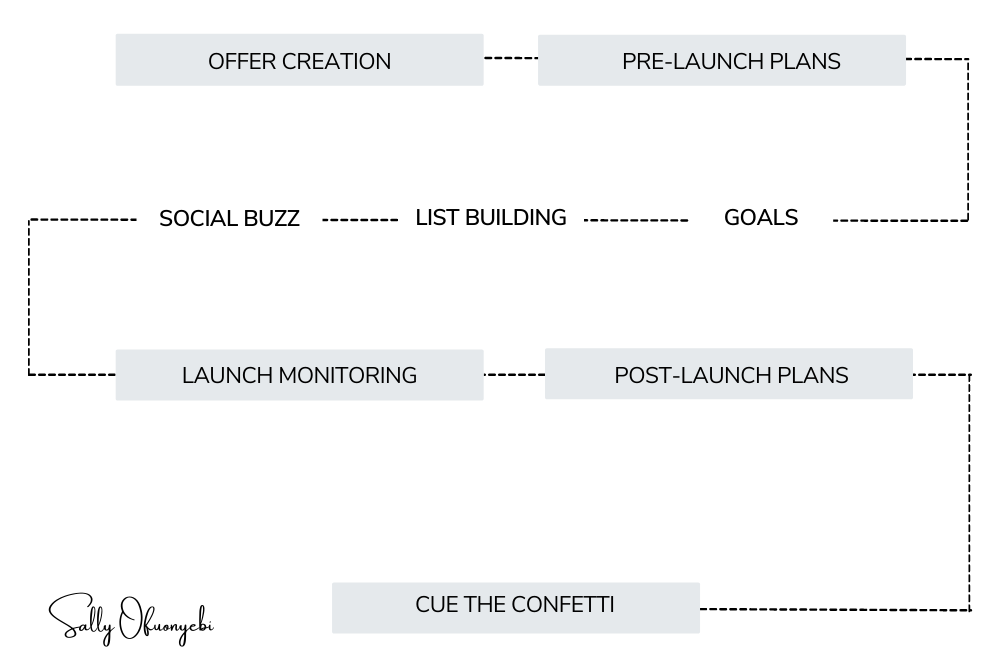
Why you need a launch strategy
Did you know that 60% of products don’t reach the market, and 40% of those that finally do aren’t profitable?
So, here are the three things that can happen to a new product:
- It never goes live
- It goes live (i.e gets launched), but doesn’t make a profit
- It goes live and makes a profit
And after all the behind-the-scenes work you’ve put into making your course, you’ll agree with me that it deserves a profitable launch.
This is why you need to build a well-structured launch strategy. Because, with a launch strategy, you can:
- Call attention to your offer—far more than it’d normally get
- Improve your brand authority and credibility
- Make more sales thanks to increased exposure
- Monitor every stage of your launch process effectively
Now that you know how important a product launch strategy is, let’s dive right into how you create one.
How to create a launch strategy
Planning a product launch isn’t as easy as making toast. But, it can be smooth and much less overwhelming if you put the right processes in place when creating your launch strategy.
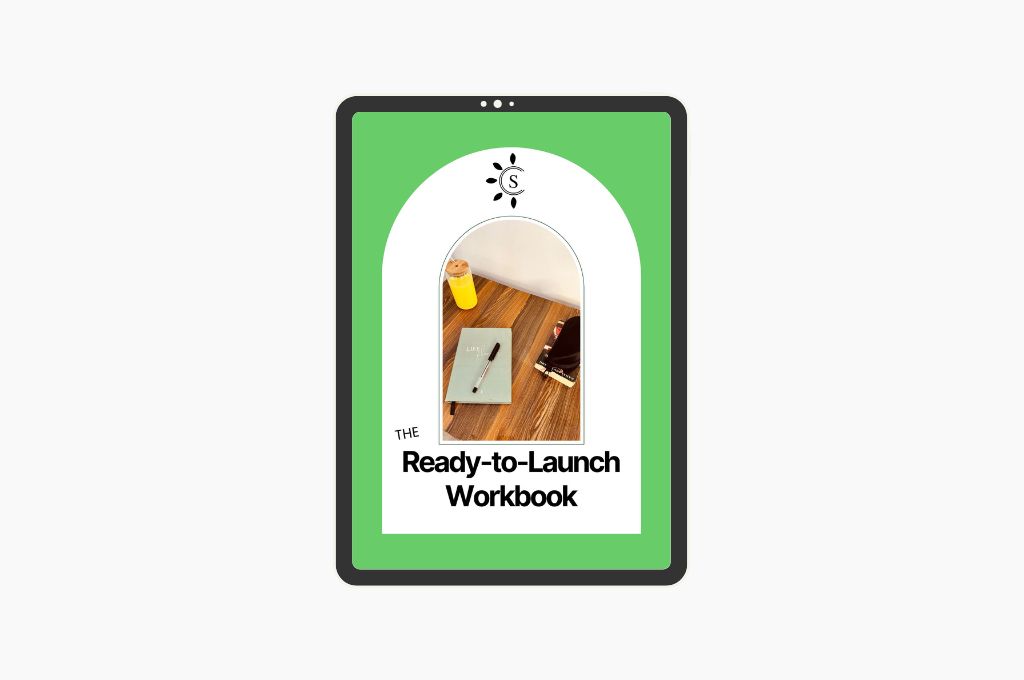
1. Be mind-ready
The first step to planning a product launch strategy is to polish your mindset.
Now, this isn’t some growth guru blah blah. But the extent to which you’re ready for abundance is the extent to which you receive it.
Declare scriptural blessings over your launch. It gives strength and a lot of great vibes—I promise. Surround yourself with big dreamers and fellow entrepreneurs who have achieved the goal you’re moving towards.
Listen to podcasts, read success stories, watch marketing videos, and practice the insightful tips you learn.
2. Plan your money and metric goals
This is the part where you break down your financial goals.
Ask yourself these three questions:
- What’s your money goal for your upcoming launch?
- Does that fit into your annual goal?
- How many products/slots do you need to sell to hit your $$$ goal?
For example, your launch goal is to hit $10,000. Your product is priced at $555.
Launch goal / price point = target purchases. That is, 10000 / 555 = 18. You need 18 people to buy your product to hit your launch goal.
Pretty realistic, right?
Also, it’s important to track your metric goals.
Some vital metrics to track during a product launch [Link to an article] include engagement rate, lead generation, number of sales, and profit.
3. Do offer scrutiny
This is the part where you analyze everything about your offer. This is important for effective messaging, targeting, marketing, and sales.
It should be about how your offer works, its secret sauce, sales objections to counter (yes, objections), and your social proof.
I made a detailed workbook with eye-opening and value-driven questions for your offer scrutiny—to help you plan and create copy that connects with your audience and converts to cash.
4. Create a content bank
During these times, lots of ideas will pop up in your mind. You’ll get eureka (light bulb) moments and be like the floodgates of heaven opened up and these ideas keep showering on you.
This doesn’t happen all of the time. So, create a content bank to take notes and plan your content.
Open your notepads, computer, or tab, and scribble down your ideas. Set apart a couple of days to brainstorm relevant content ideas. Get industry-related insights, if you will.
5. Set up a marketing plan
This is how you plan to generate the buzz for your launch.
You already know your launch money and metric goals, but how do you plan to get the sales?
- Where are your people, and how will you reach them effectively? Are they on Instagram, Facebook, or Pinterest? Are there accounts or pages on this platform your ideal customers are obsessed with?
- Are you going to pay for ads (or focus on organic marketing)? What types of ads will you run? Influencer promotions? Social media ads? Ads in groups? What’s your ads budgeting going to look like?
- What tools and services will you acquire during this period? How much will they cost you?
- How will you get them to join your list? Through an e-book? A webinar?
- How much time and mental effort do you need for your launch?
6. Build a pre-launch strategy
One costly mistake that leads to failed launches is poor pre-launch strategy. A pre-launch strategy is how you sell your product without selling yet.
It’s marketing your offer and preparing your audience for your launch. You could get them into your funnel by sharing a lead magnet—an ebook or webinar—or asking them to join a waitlist for first-hand info about your launch.
This is usually a period to pre-sell your product by building trust, sharing value, and promoting your offer. You need a strategy to get this right. Start by planning an editorial calendar for your pre-launch duration (mostly 6–8 weeks).
7. Create your launch funnel & copy
Create six to eight weeks’ worth of launch messaging. Your copy is important because it’s what drives the connection and sales.
According to research, 95% of purchase decisions are subconscious. People buy for emotional reasons and justify rationally. So focus on making a connection and selling the root benefits of your offer.
Like Nelson Mandela said, “If you talk to a man in a language he understands, that goes to his head. If you talk to him in his language, that goes to his heart.”
Your launch copy assets should be part of a conversion-led funnel system that mainly includes:
- A high-converting sales page
- Sales email sequence
- Blog or social media series
- Lead magnet opt-in
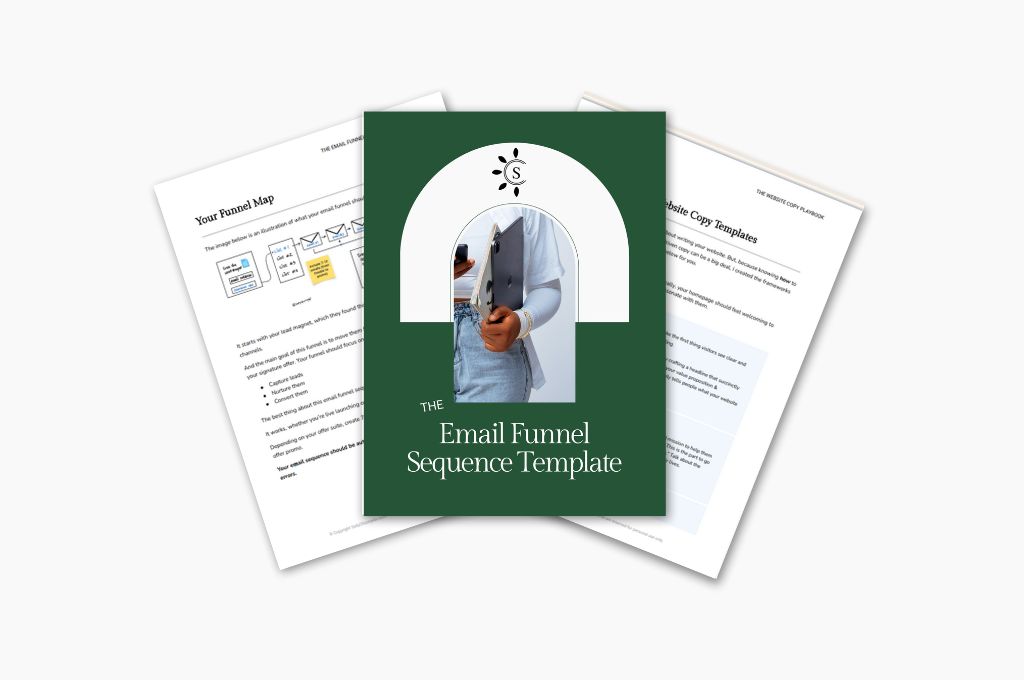
8. Acquire tools and hire talents
You’ll need certain tools to aid your launch success. Tools such as the following:
- Email service provider
- Video conferencing app
- Payment gateway
- Site to host your offer
- Funnel countdown.
Depending on what you need help with, you might hire a virtual assistant, copywriter, brand strategist, or system expert.
9. Focus on your launch
During this time, you have to be hands-on—responding to DMs, answering prospects’ questions, replying to comments.
You don’t want to have a “too long” open cart period, because that will slow down the heat—10 days maximum is a good measure.
Just stay active where you’re selling. This isn’t the time to fix your automation backstage. So, ensure that everything is properly set up and promote your product shamelessly.
10. Plan post-launch activities
Well, yes. Your post-launch plan is a part of your launch strategy. So after launching, you don’t just count your money and go MIA.
You should send “thank-you” emails to everyone who purchased your offer and follow-up emails to those who abandoned their carts.
Take time to review your launch and evaluate every process of your strategy. What worked? What didn’t? How can you do better next time? Then document all your findings
It’s time to cue the confetti. Celebrate your wins. Go on vacation to some dream destination. Have some fun and thank yourself.
Building your launch strategy
Planning a launch can be overwhelming with all the confusion about what goes where. But, it doesn’t have to be.
With the steps I’ve explained above, you can start planning your product launch strategy with confidence.
Want to be sure to have everything in place for your product launch? Download the launch strategy workbook.
As a launch funnel copywriter, I can help with both the strategy and sales copywriting parts of your launch. If you want a profitable funnel done for you, let’s chat about your project.
